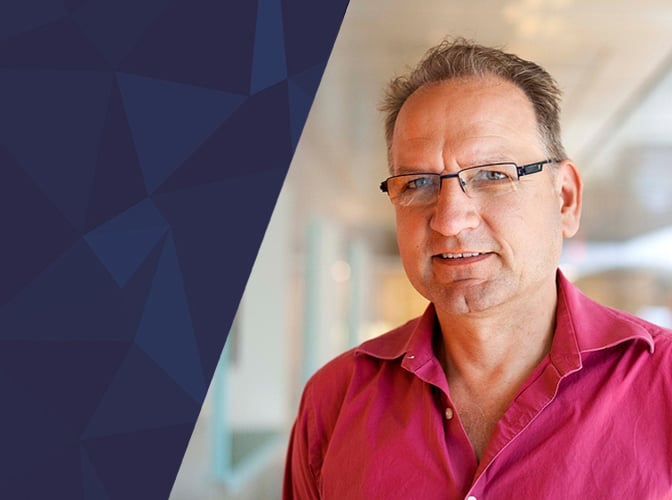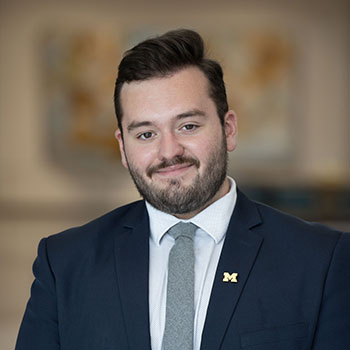
Analyzing brewery and food waste to create useful products
A staff perspective on an innovative CEE project.

A staff perspective on an innovative CEE project.
As the Lab Services Supervisor and Environmental and Water Resources Engineering (EWRE) Lab Manager, Tom Yavaraski makes sure that all analytical work in the EWRE laboratories runs smoothly. In this Q&A, he reflects on a recent project to recover useful products from waste streams.
Tell us about the project you’re working on.
Professor Lut Raskin is working on extracting useful products from waste streams, such as brewery waste. Her PhD student Shilva Shrestha is looking at brewery waste specifically because there are a growing number of breweries in the US, which has led to increased waste management problems; plus, brewery waste streams are rich in valuable organics (like ethanol and lactate) that are otherwise dumped into the sewer. Her PhD student Pedro Puente is also specifically looking at characterizing food waste from different locations in the US to improve methane recovery at water resource recovery facilities.
What is the goal of the project?
The goal is to eliminate waste streams by utilizing them as resources. The researchers are focused on producing medium-chain carboxylic acids that have several industrial and agricultural applications. They’re used as platform chemicals for the production of pharmaceuticals, fragrances, lubricants, rubbers, dyes and liquid biofuels.
What is your role in the project?
I assist researchers with the analysis of their products. In the case of brewery waste it is the ability to analyze solutions for volatile fatty acids using gas chromatography. For food waste, I help provide a complete characterization to maintain stability and operation of existing anaerobic digesters at water resource recovery facilities.
What challenges or setbacks have you encountered in this project?
Early on in the project with Shilva’s work, the gas chromatography system produced inconsistent numbers from the analysis. Changing temperature and pressure programs helped some, but it wasn’t until a new gas chromatograph was purchased that reliable data was obtained. For food waste, it has been challenging to adapt tests for characterization based on existing equipment at water resource recovery facilities.
What do you find most interesting about this project?
As in all the projects that I have worked on, the best part is working with the graduate students and helping them overcome any barriers to progress that they may encounter. Specific to this project, it’s very interesting to work on a cost effective way of minimizing waste.

Marketing Communications Specialist
Department of Civil and Environmental Engineering